Stories of hitchhiking from Kelowna, British Columbia, to Eugene, Oregon. Naked hippies shopping in a White Lake deli. KB Toys selling out of bubbles used to pour into mall fountains. Driving converted vans through barbed wire fences and crashing into unseen ditches.
There was no shortage of fun and mischief for a touring “Deadhead,” the beloved term used to describe the superfans of The Grateful Dead.
Deadheads and their friends flooded Wrigley Field from Sept. 17-18 for the two-night concert of Dead & Company. The band is composed of former Grateful Dead members Bob Weir (guitar), Mickey Hart (drums), and Bill Kreutzmann (drums), along with the additions John Mayer (guitar and vocals), Oteil Burbridge (bass), and Jeff Chimenti (keyboard).
Characterized by their tie-dye T-shirts that often feature the “Steal Your Face” logo or spiraling “dancing bears,” fans from all ages, demographics and walks of life smiled and danced to The Grateful Dead’s “Scarlet Begonias” and “Fire on the Mountain.”
Rob Woodworth, a Deadhead born in the woods of the South Jersey region, would frequently drive to Philadelphia to watch random concerts for $10. One night in 1983, Woodworth stumbled upon a Grateful Dead show and became hooked.
“The music they played was like nothing I’d ever heard: the time signatures, the way they structured the song, Garcia’s phrasing on the guitar; it was all so totally unique,” Woodworth said.
Woodworth saw The Grateful Dead in San Francisco; New Orleans; Buffalo, New York; Maryland; throughout the Midwest and beyond with other Deadheads.
“We were our own self-contained city. Wherever we went, it was almost as if the circus had come to town,” Woodworth said.
It isn’t unusual for Deadheads to keep record of the number of shows they attended, and Woodworth’s tally reaches 220. Why go to so many? The Dead never played the same set twice.
“You wanted to be there for that one special show when everything went right,” Woodworth said. “You never knew what they were going to play and how it was going to pan out. Sometimes they just didn’t have it together, but other times it was magical, and you got to say you were there.”
Today, Deadheads don’t get into quite as many shenanigans as they did from the ’60s to ’90s, probably only because they’ve had more than a lifetime’s worth catch up with them. However, the peaceful, hippie, “make love, not war,” spirit lives on at Dead & Company shows.
Mayer does his best to perform up to par with the legendary lead guitarist and vocalist, Jerry Garcia but never tries to be him. Inspired by Garcia, Mayer stays true to himself and lets the music carry him. It’s based on a soulful feeling, and he makes everyone in the crowd feel it too, just like Garcia did.
The Wrigley Field show was delayed twice due to lightning—something that didn’t seem to spoil anybody’s fun too badly. Fans shared with the strangers next to them the number of shows they’ve attended and, what I call, their most impressive “quiet fun facts”— these are the not as widely known facts about The Grateful Dead or Jerry Garcia that prove just how early, true, and devoted of a fan you are.
There’s something in the air at a Dead & Company concert (before you say it, no, it isn’t just pot). It’s a positive energy that’s been vivaciously passed through generations. It’s a magic that was created in the ’60s from the fusion of psychedelics and musical experimentation. It’s a sense of community built on companionship. In a world divided by politics, The Grateful Dead’s music unified people over the span of six decades.
The acceptance and kindness of Deadheads was evident in my pursuit of writing this column. After posting in a “Grateful Dead Forever” Facebook group, the comment section and my inbox was met with instant eagerness by countless Deadheads across the country willing to share their memories and what The Grateful Dead means to them.
David Small, a Deadhead from Vancouver Island, British Columbia, hasn’t been to a Dead show since Pittsburg in 1995 (Garcia’s second to last performance before his heart attack and death). But Garcia’s struggle with alcoholism, heavy smoking and drug abuse, led Small to become a harm reduction support and outreach worker for those suffering from the same addictions that afflicted Garcia.
People wonder what makes The Grateful Dead so timeless, and sure, it’s in part due to its revolutionary blend of Americana, blues, folk and rock, as well as the influence of psychedelics. However, much of the magic that keeps the music alive comes from the very humans that attended hundreds of shows and actively cultivated the loving, hippie spirit of the ‘70s.
All anybody wants is somewhere they feel they belong, and for many, that was at The Grateful Dead shows or with other Deadheads. Say what you want about the hippies, they’ve always had the right idea.

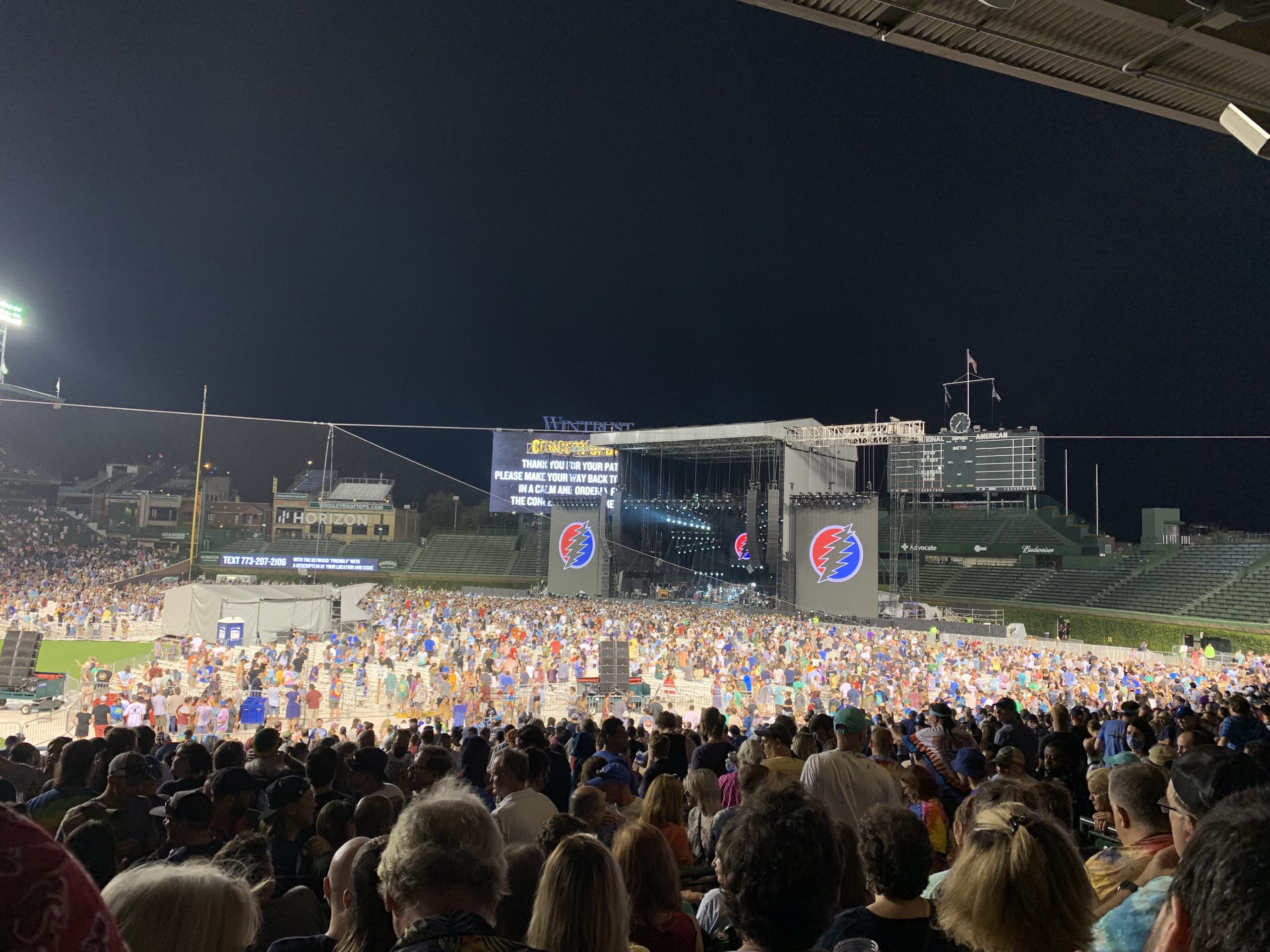


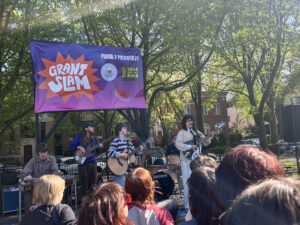

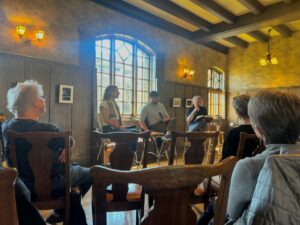


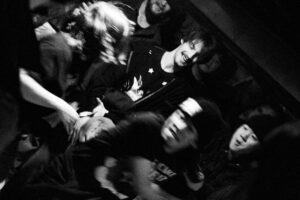
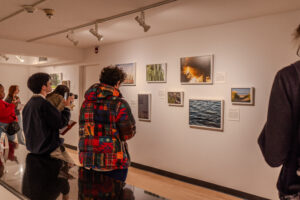


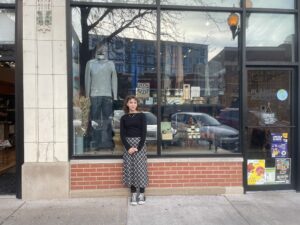


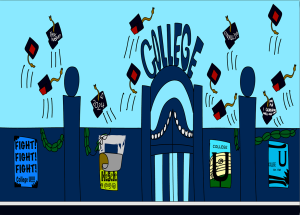

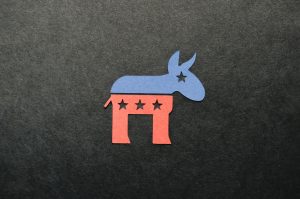
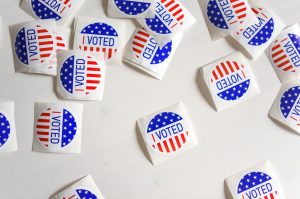
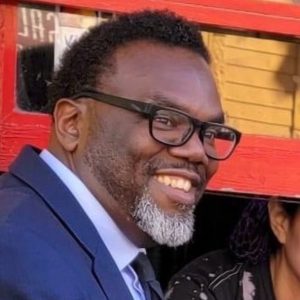
Be First to Comment